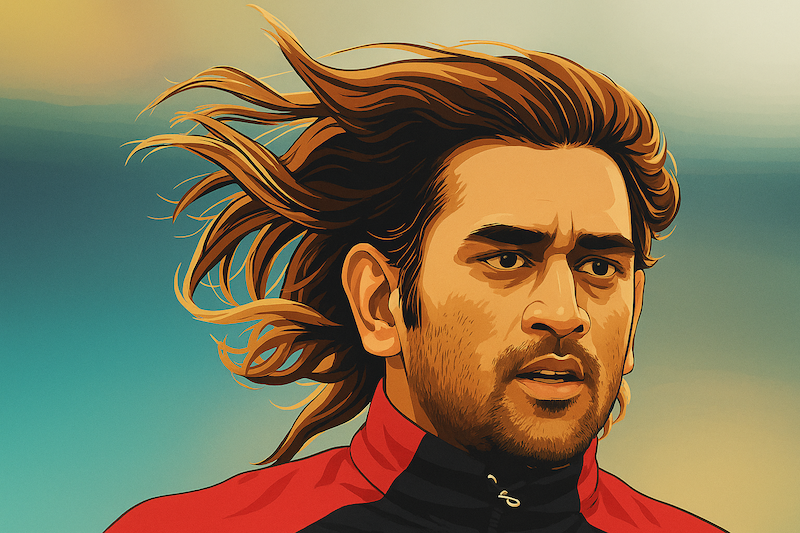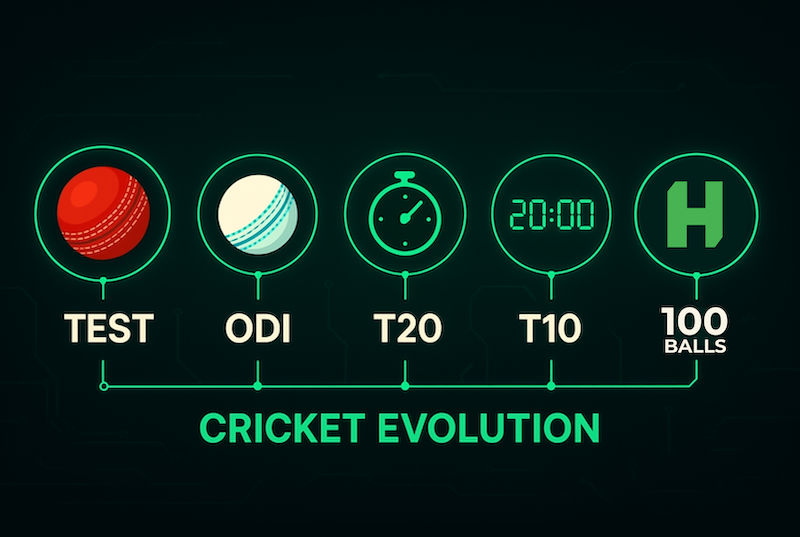
There are walls, and then there is The Wall — Rahul Dravid was not just a batsman; he was India’s fortress, built on patience, precision, and quiet defiance. When wickets tumbled, he stood firm, crafting innings that saved matches and defined resilience.
Early Days and Rise
- Rahul Dravid grew up in Bangalore, where cricket became serious for him by the age of 12.
- He made his Ranji Trophy debut for Karnataka in 1991, scoring 82 in his first match and adding centuries that season, which earned him a South Zone call-up.
- His technique and temperament stood out early, making him a natural fit for longer formats.
- On India’s 1996 tour of England, he scored 95 on Test debut at Lord’s, narrowly missing a century.
- After initially struggling in ODIs, he found success in Tests, scoring his first century in South Africa in 1997 and proving himself in tough conditions.
Building His Reputation
- Dravid developed into India’s anchor in Tests, especially valuable on overseas pitches where others often struggled.
- In ODIs, he came into his own at the 1999 World Cup, finishing as the tournament’s top scorer with 461 runs.
- In 1999, he built record partnerships — 318 with Sourav Ganguly in the World Cup against Sri Lanka, and 331 with Sachin Tendulkar against New Zealand in Hyderabad.
- His strength lay in judgment outside off stump and the patience to build long innings when conditions were tough.
- He occasionally kept wicket in ODIs during the early 2000s, most notably through the 2003 World Cup, to give India greater balance.
Peak Years and Defining Innings
- In 2000, a prolific county season with Kent honed Dravid’s discipline and prepared him for major Test challenges.
- At Eden Gardens in 2001, he scored 180 in a 376-run stand with VVS Laxman, turning a follow-on into one of India’s most famous victories over Australia.
- In Adelaide in 2003, he hit 233 and 72* to guide India to their first Test win in Australia in more than two decades.
- His career-best 270 at Rawalpindi in 2004 powered India to their first-ever Test series win in Pakistan.
- On the 2011 England tour, he scored 3 centuries, including a gritty 146* carrying his bat, while others in the lineup faltered.
Explore More Stories

Dhoni 148 vs Pakistan 2005: The Breakthrough Innings
April 2005, Visakhapatnam. MS Dhoni walked in at No. 3 and blasted 148 off 123 balls against Pakistan — the knock that transformed him from a rookie into India’s new match-winner.

From Endless Days to 90 Minutes: The Evolution of Cricket
From endless timeless Tests to 90-minute thrillers, cricket has constantly reinvented itself. This article explores how the game evolved — from the patience of Tests to the spectacle of ODIs, the boom of T20, and the rise of T10 and The Hundred.
Captaincy and Leadership
- Rahul Dravid became India’s full-time captain in late 2005, guiding the team through transition after the Ganguly-Chappell controversy and focusing on stability.
- India set a world record of 17 consecutive ODI wins while chasing between September 2005 and May 2006, with Dravid leading in 15 of those matches.
- He oversaw historic overseas successes — a series win in the West Indies in 2006 (first since 1971) and a Test victory in South Africa at Johannesburg the same year (India’s first there).
- In 2007, he led India to a series win in England, the first since 1986, reinforcing his strength in away conditions.
- His captaincy record across formats is summarised below:
| Format | Matches | Wins | Losses | Draws/NR | Win % |
|---|---|---|---|---|---|
| Tests | 25 | 8 | 6 | 11 | 32% |
| ODIs | 79 | 42 | 33 | 4 | 53% |
Longevity and Endurance
- Rahul Dravid became the batsman teammates trusted for long hauls, wearing down attacks with discipline and an almost meditative focus.
- He built his reputation on valuing every ball, relying on defence, judgment, and concentration rather than bursts of flair.
- Partnerships around him thrived because he held one end, giving stroke-makers the freedom to play their natural game.
- He showed resilience throughout his career, bouncing back from lean phases — most notably on the 2011 England tour, where he stood tall with 3 centuries while others struggled.
- His commitment to fitness and conditioning was central to his ability to bat for hours, ensuring the physical and mental strength needed for marathon innings.
Retirement and Beyond
- Rahul Dravid returned briefly to the ODI side in 2011, ending his one-day career with a composed final innings in England that reflected his calm presence at the crease.
- During the same tour, he played his only T20I for India and left an unforgettable mark by striking 3 consecutive sixes before walking away from the format.
- After a difficult tour of Australia in early 2012, he announced his retirement from Test and first-class cricket, drawing the curtain on one of the most respected careers in modern cricket.
- His farewell reminded fans of what he had always stood for — reliability in difficult moments, humility in success, and dignity in the way he carried himself.
- Although his playing days ended, it felt more like a transition than a goodbye, with many certain that he would continue to serve Indian cricket in meaningful ways.
Coaching Career and Influence
- After retirement, Dravid focused on pathway cricket, coaching India A and the Under-19s, where he guided talents like Rishabh Pant, Shubman Gill, Prithvi Shaw, and Ishan Kishan.
- With the Under-19s, he led the team to the 2016 World Cup final and the 2018 title, proving his ability to turn potential into success.
- As Head of Cricket at the NCA, he revamped training, injury management, and coaching programs, creating a strong pipeline for Indian cricket.
- In 2021, he became head coach of the senior team, bringing the same clarity and patience he showed as a player.
- His tenure peaked with India’s T20 World Cup win in 2024, ending an 11-year wait for a major ICC trophy.
Career Totals
| Format | Matches | Runs | Average | Centuries |
|---|---|---|---|---|
| Tests | 164 | 13,288 | 52.31 | 36 |
| ODIs | 344 | 10,889 | 39.16 | 12 |
| T20Is | 1 | 31 | – | 0 |
Career Highlights
- He faced 31,258 balls and spent 44,152 minutes batting in Tests, the most by any player in history.
- He was the first Indian to score centuries in all 10 Test-playing nations.
- He shared a record 88 century stands in Tests, including 20 with Sachin Tendulkar.
- He was part of four 300-run partnerships in Tests.
- He held the record for most catches in Tests by a non-wicketkeeper (210) until Joe Root surpassed him.
- He was never dismissed for a golden duck in 286 Test innings.
- He remains the only Indian to score centuries in four consecutive Test innings.
- He was named ICC Cricketer of the Year and Test Player of the Year in 2004.
- He was chosen as one of Wisden’s Cricketers of the Year in 2000.
- He received the Padma Shri in 2004.
- He became the first non-Australian to deliver the Bradman Oration in 2011.
- He was awarded the Padma Bhushan in 2013.
- He was inducted into the ICC Hall of Fame in 2018.
Legacy
Rahul Dravid’s legacy is defined not just by the runs he scored, but by the values he brought to the game. As a batsman, he was the wall India leaned on during its toughest moments. As a captain, he led with calmness and clarity, steadying the team through change. And as a coach, he nurtured the next generation with the same patience and discipline that marked his own career.
His story is a reminder that greatness in cricket can be built on resilience, humility, and an unshakable commitment to the team.
















